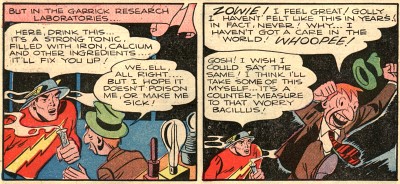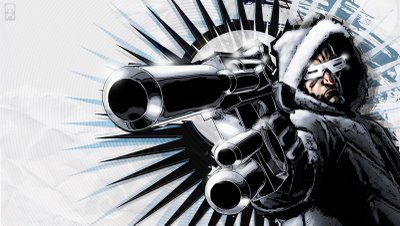Note: The discussion is from 2007, and while the Silver Age material has gotten a fifth archive volume, three Showcase books and the start of a Chronicles line, the situation for the Golden Age Flash books has not changed.
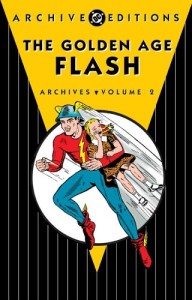 Newsarama reports that during the Q&A part of the DC Nation panel at this weekend’s Baltimore Comic-Con, a fan asked:
Newsarama reports that during the Q&A part of the DC Nation panel at this weekend’s Baltimore Comic-Con, a fan asked:
Are there more Legion, Flash or Justice League Archives coming? [VP of Sales Bob] Wayne said that when you get up to the issues that can be affordably bought by collectors the demand for the Archive Editions goes down.
Okay, this might apply to the Silver-Age material. The four Flash Archives books so far are up to Flash #132 (1962). When I was tracking down back-issues in the #133–140 range (the contents of a hypothetical book 5) around 2000 or so, I seem to remember finding reasonably good copies in the $5-15 range. (Better copies, of course, run into triple digits.) Note: Since this was originaly posted, volume 5 has been released.
But there’s still 8 years of Golden-Age material to cover, from 1942–1949: more than 75% of Jay Garrick’s solo run. And those books are much harder to find, with battered readers’ copies often selling for $40–150.
Moreover, those 8 years include the first appearances of every major Golden-Age Flash villain. Continue reading

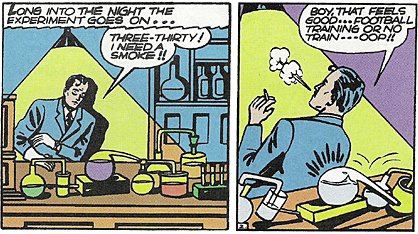
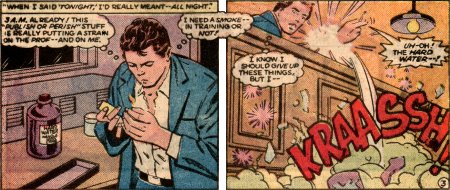

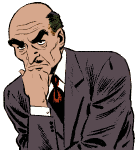
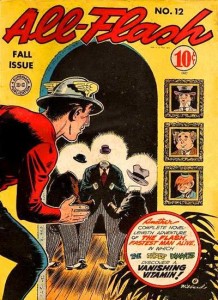
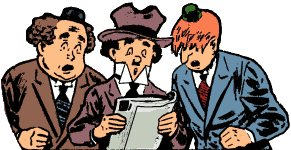
![[Cover: Flash Comics #90: Nine Empty Uniforms]](https://speedforce.org/wp-content/uploads/2009/09/flash-comics-90-212x300.jpg)
![[Splash Page: All-Flash Hockey Game]](https://speedforce.org/wp-content/uploads/2009/09/flash-hockey-300x279.jpg)
![[Splash Page for Play of the Year]](https://speedforce.org/wp-content/uploads/2009/09/flash-comics-39-play-221x300.jpg)


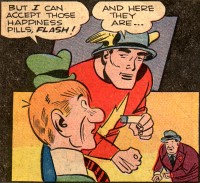 There’s an odd subtext to the character’s stories, though. The reason he returns to Keystone City is that the
There’s an odd subtext to the character’s stories, though. The reason he returns to Keystone City is that the 